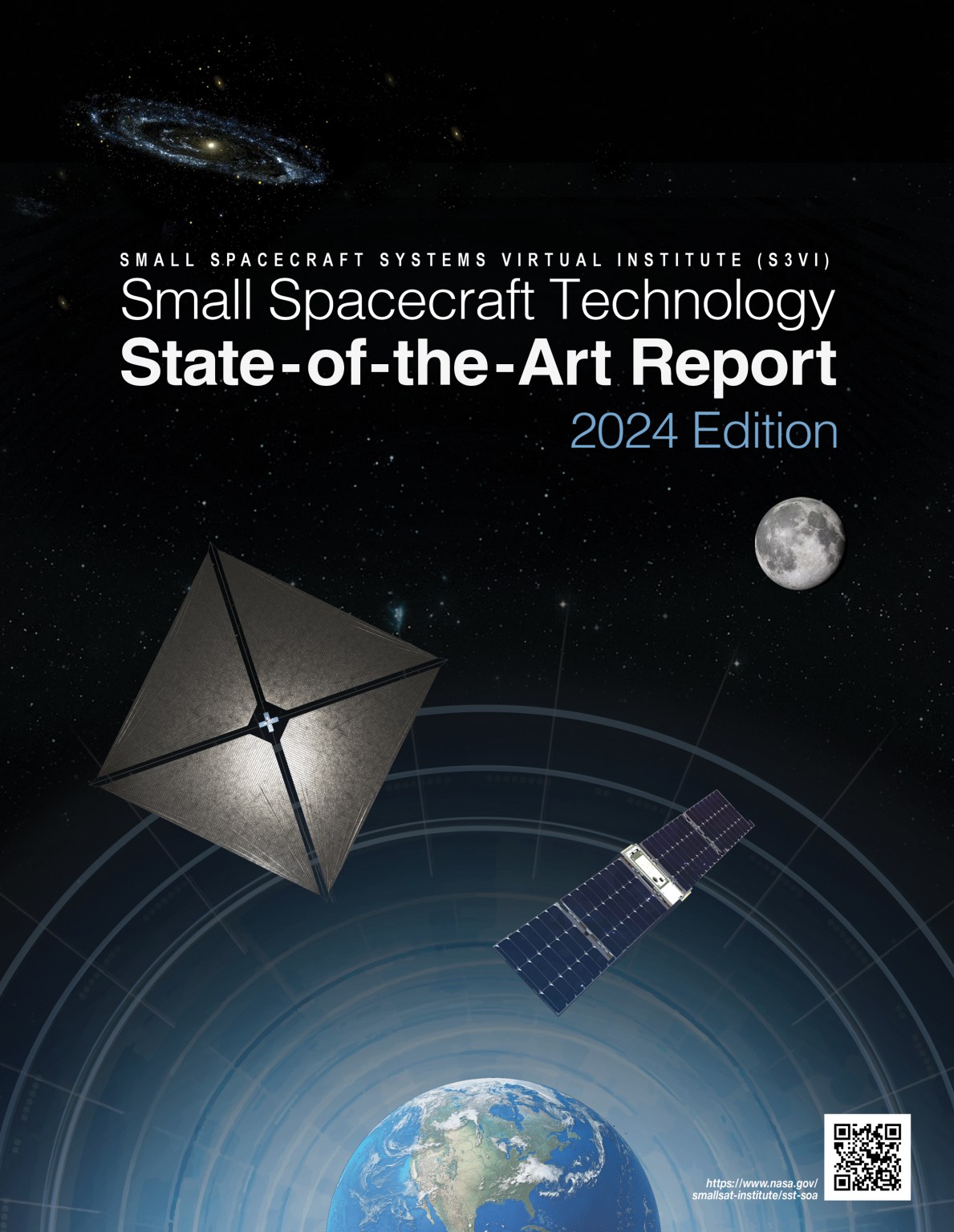Distributed Timing and Localization (DiGiTaL): A Precision GNSS-Navigation System for Nanosatellites
Stanford University
PI: Simone D’Amico
NASA Partner: Goddard Space Flight Center
The goal of this project is to provide unprecedented precision real-time absolute and relative navigation capabilities to formations of nanosatellites using signals offered by modern Global Navigation Satellite Systems. The 0.5U system and associated software is capable of integration with most satellites to provide peer-to-peer decentralized navigation accuracy at the centimeter-level over separations up to hundreds of kilometers. The ability for each small spacecraft to know the relative positions of the other spacecraft in the formation with high precisions is desirable in several mission types including remote sensing, communication, and proximity operations.
Development of New Low-Resource Magnetometers for Small Satellites
University of Michigan
PI: Mark Moldwin and Jamie Cutler
NASA Partner: Goddard Space Flight Center
Traditional space-based magnetometers are deployed on a boom that extends from the spacecraft to reduce exposure of magnetic noise from the spacecraft that could potentially contaminate measurements. This project furthers the development and testing of a new magnetometer designed for CubeSats that does not need a boom. To allow placement of these economical, science-grade instrument magnetometers on and inside the satellite bus instead of on a boom, algorithms are developed that identify and eliminate spacecraft magnetic noise, enabling affordable high-quality magnetic field measurements to be made.
Smoothing-Based Relative Navigation & Coded Aperture Imaging
Massachusetts Institute of Technology
PI: Alvar Saenz-OteroNASA Partner: Jet Propulsion Lab
Many aspects of future space exploration necessitate the use of fully autonomous multi-satellite systems, capable of precise and robust execution of proximity operations. This project will develop a time-windowed smoothing algorithm for estimation of the relative poses and velocities between multiple, small, and potentially differently instrumented spacecraft. The smoothing algorithm will obtain the most probable estimate of the relative states between the spacecraft by using all available sensor information. It will be portable between different satellite platforms with different onboard sensors, adaptable in the case that one or more satellites become inoperable, and tolerant to delayed measurements or measurements received at different frequencies. It will be verified experimentally using SPHERES-VERTIGO on the International Space Station.
Demonstration of a Nano-Enabled Space Power System
Rochester Institute of Technology
PI: Ryne P. Raffaelle
NASA Partner: Glenn Research Center
The Nano-Enabled Space Power System project will demonstrate power systems with nanomaterial-enhanced components as a replacement for CubeSat power generation, transmission, and storage. The use of nanomaterials in solar cells, wire harnesses, and lithium ion batteries can increase the device performance without significantly altering the device’s physical dimensions or the device’s operating range (temperature, voltage, current). There is also a weight reduction while simultaneously widening the viable range of operating conditions of power system components such as increased depth of discharge of lithium ion batteries, tunable bandgaps in solar cells, and increased flexure tolerance of wire harnesses.
Development of Lightweight CubeSat with Multifunctional Structural Battery Systems
University of Miami
PI: Ryan Karkkainen and Xiangyang Zhou
NASA Partner: Kennedy Space Center and Glenn Research Center
This project will develop a CubeSat integrated structural battery. With structural elements of graphitic and carbon fiber electrodes in an electrolytic polymer, the multifunctional capacitive energy system can serve as both a lightweight load bearing structure and an electrochemical battery system. Multifunctional material can reduce mass and increase electrical power in highly integrated small spacecraft.
Highly Integrated THz Receiver Systems for Small Satellite Remote Sensing Applications
Arizona State University
PI: Christopher Groppi
NASA Partner: Jet Propulsion Lab
Water and atomic oxygen render Earth’s atmosphere opaque in most of the terahertz (THz) band, but those very species are of intense interest to astrophysicists, planetary scientists and Earth scientists. This project plans to advance the state of the art Schottky diode receiver technology to develop THz receivers suitable for CubeSats. Micromachining will be used to repackage state of the art modular receivers into integrated systems that will reduce both mass and volume by more than an order of magnitude while preserving signal to noise performance.
Omnidirectional Inter-Satellite Optical Communicator
University of California, Irvine
PI: Ozdal Boyraz
NASA Partner: Jet Propulsion Laboratory
The objective of the Omnidirectional Inter-Satellite Optical Communicator (ISOC) project is to design a compact, lightweight, and energy efficient omnidirectional inter-satellite laser communication system for cross-linking between spacecraft. The ISOC uses a dodecahedron geometric array of chip scale, microelectromechanical systems (MEMS) based gimbal-less scanning mirrors that provide adjustable beam pointing and spherical field of view coverage for uninterrupted data transmission between several small spacecraft at arbitrary relative positions. This technology could help enable constellations of nanosatellites to network with one another for heliophysical or Earth observations.
Miniature Optical Communications Transceiver
University of Florida
PI: John Conklin
NASA Partner: Ames Research Center
This project will advance optical communications interlinking between small spacecraft using pulse position modulation. The Miniature Optical Communications Transceiver (MOCT) consists of a novel software-defined pulse modulator, integrated laser system, and avalanche photodetection system. The timing resolution of this system is roughly a factor of four better than previously flown systems, meaning that it can transmit more bits of data with each optical pulse. Because this technology can both generate and time-stamp the arrival of short optical pulses with 50 picosecond precision, it simultaneously provides power efficient communications and relative ranging between small spacecraft at the centimeter level. At the end of the project, MOCT will be tested for a future CubeSat flight demonstration mission.
































